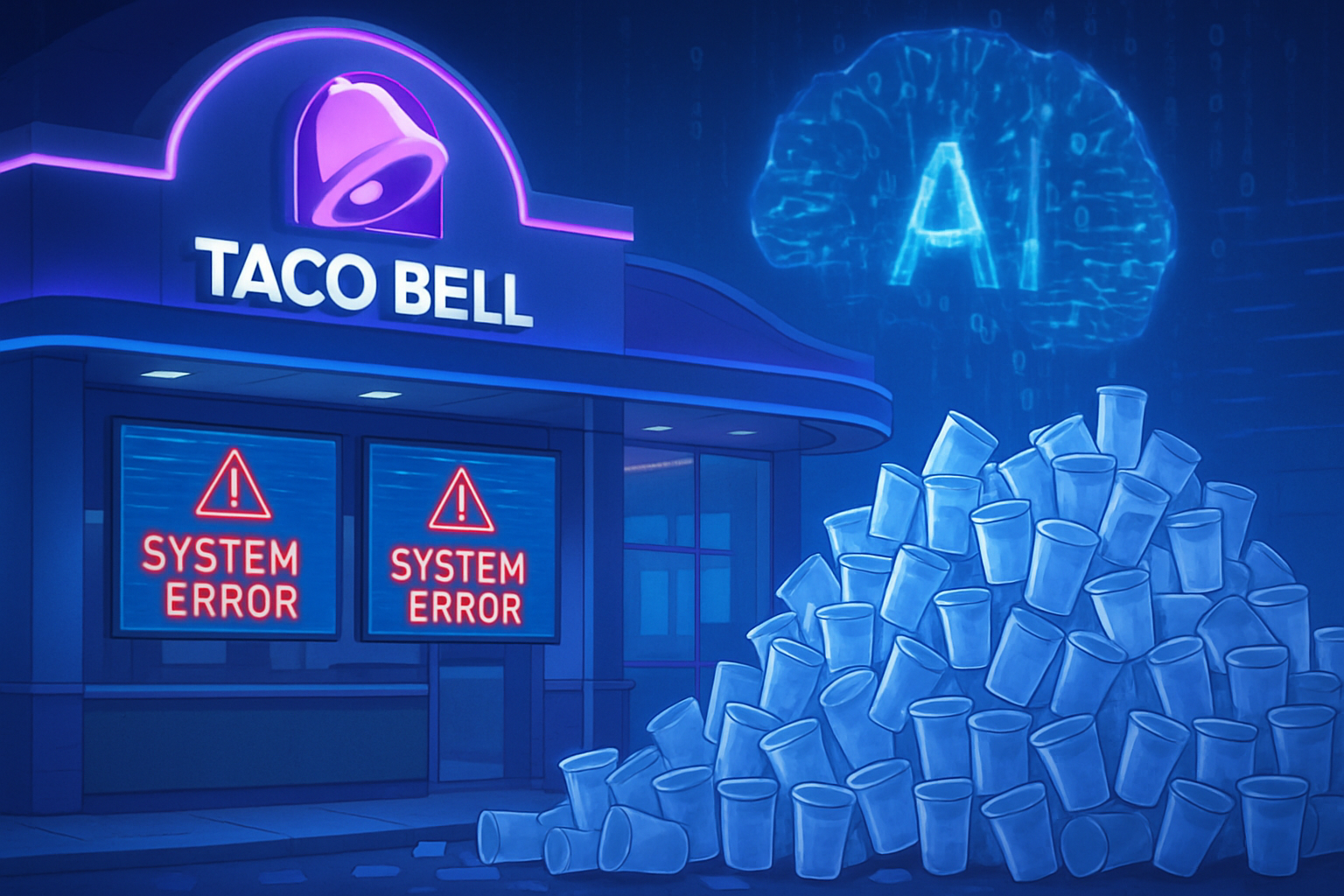Atomic simulations, true cornerstones of scientific research, are benefiting from an unprecedented revolution. The ‘large-scale AI’ method is transforming how scientists analyze and understand the structure of materials. Thanks to innovative machine learning architectures, researchers gain access to spectacularly fast and accurate results.
Each technological advance reinforces the importance of precise simulation of atomic interactions, thus cementing the link between theory and practical application. A major challenge lies in managing computing resources, often exorbitant for carrying out these complex analyses. The emergence of models suited to a larger scale allows for the optimization of scientific discoveries, thus propelling research to unprecedented levels.
Significant Advances in Atomic Simulations
Quantum calculations of molecular systems require exceptional computing power. Traditionally, these calculations are performed on the most powerful supercomputers to better understand everyday products like batteries and semiconductors.
Development of a New Machine Learning Method
Researchers from the University of Berkeley and the Lawrence Berkeley National Laboratory have developed a machine learning method that significantly accelerates atomic simulations. This approach improves the scalability of models and reduces the computing memory required for simulations by more than five times compared to existing models. With this advancement, results can be obtained over ten times faster.
Presentation of Results and Their Impact
The results of this research have been accepted at the Neural Information Processing Systems (NeurIPS) 2024 conference, a major event in artificial intelligence and machine learning. The presentation is scheduled for December 13, and a preprint version of the study is available on arXiv.
Innovative Architecture for Learning
Eric Qu, a doctoral student at the University of Berkeley and co-author of the paper, explains that the team sought to establish a distinct machine learning architecture. By drawing inspiration from the methods used for large language models, they managed to improve the efficiency of modeling the movements and interactions of atoms.
Implications for Materials Science
Understanding the smallest constituents of nature opens new perspectives in materials science, chemistry, and drug development. Samuel Blau, a computational chemist at the Berkeley Lab, states that this model helps scientists determine the mechanisms of chemical reactions much more efficiently. Understanding the complex chemistry of real systems allows for new ways to control them.
Exploitation of Large-Scale Language Models
In the last decade, scientists have developed large-scale language models like ChatGPT using massive datasets. The scaling strategy involves making these models larger and smarter by systematically increasing the number of parameters in neural networks. Optimizing this process can lead to notable improvements.
NNIPs and Simulation Challenges
Neural network interatomic potentials (NNIPs) represent an efficient alternative to costly quantum simulations. These models allow researchers to predict molecular and material properties more quickly. Aditi Krishnapriyan, co-author of the study, emphasizes that developing suitable algorithms for NNIPs has not yet been widely explored, unlike in other areas of machine learning.
EScAIP Architecture for Scientific Applications
The Berkeley Lab has designed a scalable NNIP architecture, known as Efficiently Scaled Attention Interatomic Potential (EScAIP). This is a significant advancement for scaling machine learning models in scientific applications.
Data Acceleration and Hardware Constraints
NNIPs use data generated by density functional theory (DFT), a predictive method based on quantum mechanics. Although DFT simulations are powerful, they remain costly in computing resources, making the massive generation of DFT data time-consuming. The machine learning method could indeed serve as an efficient surrogate model for DFT.
EScAIP Performance Capabilities
The new EScAIP model can train on 100 million data points in just a few days, whereas a physically constrained NNIP requires weeks or even months. This speed opens the door for a greater number of research groups to be able to train these models. This advancement promotes access to tools that were previously less accessible.
Contributions and Model Performance
EScAIP outperforms previous NNIP models, achieving optimal performance on various benchmark datasets. This is a world first, as this model was developed and trained solely by academic and national laboratory researchers, without the support of large technology companies.
Researchers Krishnapriyan and Qu urge the scientific community to continue this reflection on scaling learning models in the context of atomic systems. They see EScAIP as a first step towards deeper exploration in this field, especially with the increase in computational resources and data.
The origins of EScAIP trace back to a research project led at the Berkeley Lab, supported by the Department of Energy. The exploitation of large-scale GPU resources has been critical in developing and training models on large datasets, allowing the team to achieve remarkable performance on the Open Catalyst dataset. This represents a crucial milestone, establishing a new standard in the accessibility of advanced technologies for researchers in computational sciences.
Frequently Asked Questions about the ‘Large-Scale AI’ Method Powering Atomic Simulations for Researchers
What is the ‘large-scale AI’ method?
The ‘large-scale AI’ method uses machine learning algorithms to enhance the speed and efficiency of atomic simulations, enabling researchers to better understand atomic interactions in complex systems.
How does the method improve the speed of atomic simulations?
It allows for reducing the memory required for simulations by more than five times while producing results more than ten times faster compared to existing models.
What types of systems can be simulated with this method?
This method can be applied to various systems, including batteries, semiconductors, and other chemically complex materials.
What are the benefits of using neural network interatomic interaction models (NNIPs) in this method?
NNIPs provide an efficient alternative to costly quantum simulations, enabling quick predictions of molecular and material properties, which is essential for research in chemistry and materials science.
How does this method integrate with the machine learning approach?
It adapts techniques commonly used in large language models to optimize the architecture and functioning of NNIPs, thereby increasing their efficiency and accuracy.
What is the significance of density functional theory (DFT) in this context?
The DFT is essential as it generates data that serves as a training base for machine learning models, facilitating the simulation of atomic interactions.
How much data is needed to train the EScAIP model?
The EScAIP model can be trained on datasets of 100 million points, enabling it to learn and predict specific atomic behaviors efficiently.
How does the EScAIP method differ from other NNIP models?
EScAIP focuses on model expressiveness without imposing numerous physical constraints, allowing it to capture complex patterns in atomic data.
What impact does this method have on the scientific field in general?
By making atomic simulations more accessible and efficient, it allows a larger number of researchers to explore new avenues of research in materials science, chemistry, and drug development.
How have GPU resources contributed to the development of this method?
The availability of powerful GPU resources at advanced computing centers has enabled the successful training and optimization of large-scale models on large datasets, thus facilitating cutting-edge results.






